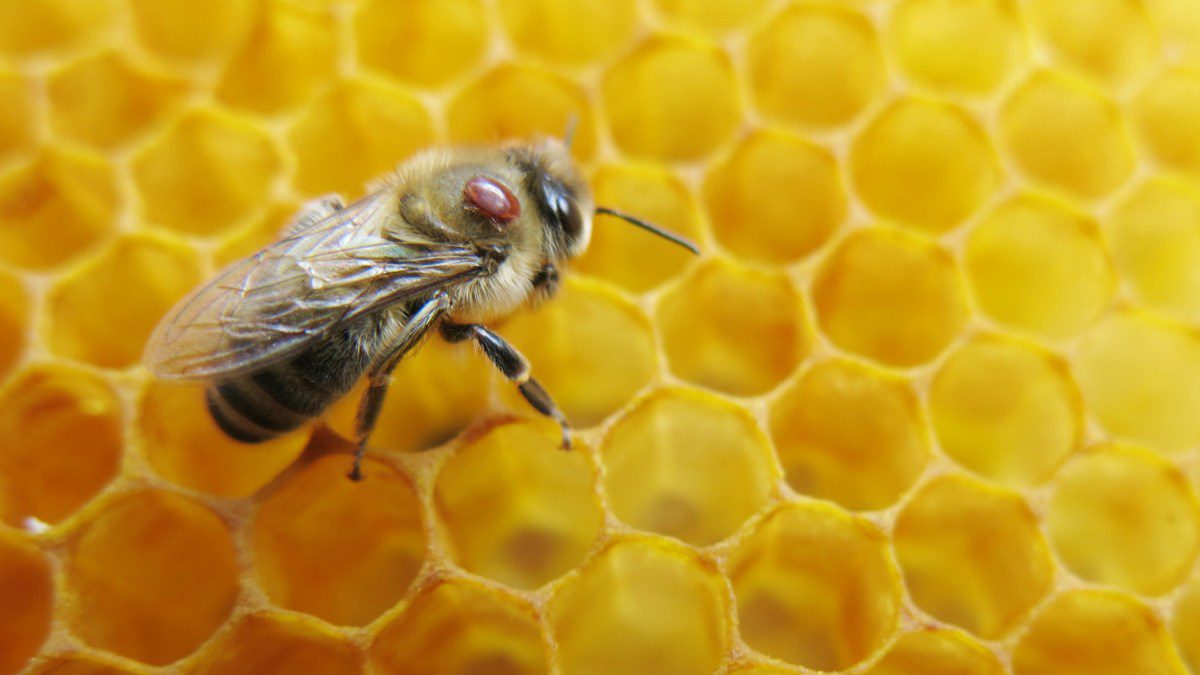
For bees, the varroa mite is an alarming threat. This tiny parasite preys on larvae, attaching itself and draining the bee’s life force throughout its lifespan.
Similarly, for beekeepers, the mite poses significant challenges. It hinders honey production, incurs financial losses, and can lead to the devastating collapse of entire colonies. The pressing question is: how can beekeepers combat the mite without harming the sensitive larvae or disrupting the hive’s ecosystem?
Fortunately, a new approach is on the horizon—a targeted pest control method that focuses exclusively on a gene unique to the varroa mite.
This innovative “RNA pesticide” represents a breakthrough in pest management, offering the capability to selectively target specific species without collateral damage to others. In fact, the esteemed journal Science recently raised the question of whether this could be “the ideal pesticide.”
According to Juan Luis Jurat-Fuentes from the University of Tennessee, the potential for this RNA pesticide extends beyond varroa mites. “This could be the most precise pesticide we’ve ever developed,” he remarked during a talk at the annual meeting of the American Association for the Advancement of Science in Boston.
RNA serves as a form of genetic material that translates the instructions within genes into functional proteins. The proposed pesticides utilize this RNA to disrupt the process, blocking the signal from a designated gene responsible for creating necessary proteins.
By pinpointing a gene essential for a species’ survival or reproduction, these pesticides aim to affect only that species without causing adverse effects on the broader ecosystem, unlike traditional pesticides such as neonicotinoids.
“The urgency for novel pesticides is critical,” Jurat-Fuentes emphasized. “With an estimated increase of two billion people by 2050, we face numerous challenges, including our ability to produce sufficient food.”
As the demand for food rises, the development of new pesticides has been declining. Simultaneously, pests are developing resistance to existing chemicals, while some pesticides are being phased out due to their negative environmental impacts.
This context has Jurat-Fuentes optimistic about the future of RNA pesticides. The first commercial application targeting the Colorado potato beetle has recently been launched through a spray method. As it gains broader distribution, researchers are keen to study its resistance potential. “It’s not a question of if resistance will develop, but when,” he cautioned.
He hopes that, with careful use, this pesticide will remain effective for a significant period. However, laboratory studies indicate that potato beetles can rapidly develop strong resistance, potentially making other genetic targets ineffective. The true timeline for resistance development remains uncertain until the product is implemented in real-world scenarios.
The varroa mite pesticide being developed by GreenLight Biosciences is currently under review for approval. The process is complex, as it must efficiently target the mites within the sealed cells of beehives, which traditional pesticides cannot achieve without affecting the larvae.
The specificity of this new pesticide is advantageous in this regard. Instead of applying it directly onto the mites, it can be delivered via the bees. The pesticide is stored in sugar-filled pouches that worker bees carry back to their larvae. As the bees feed the larvae, the pesticide enters their bloodstream, allowing it to target specific genes in the mites when they feed.









